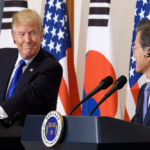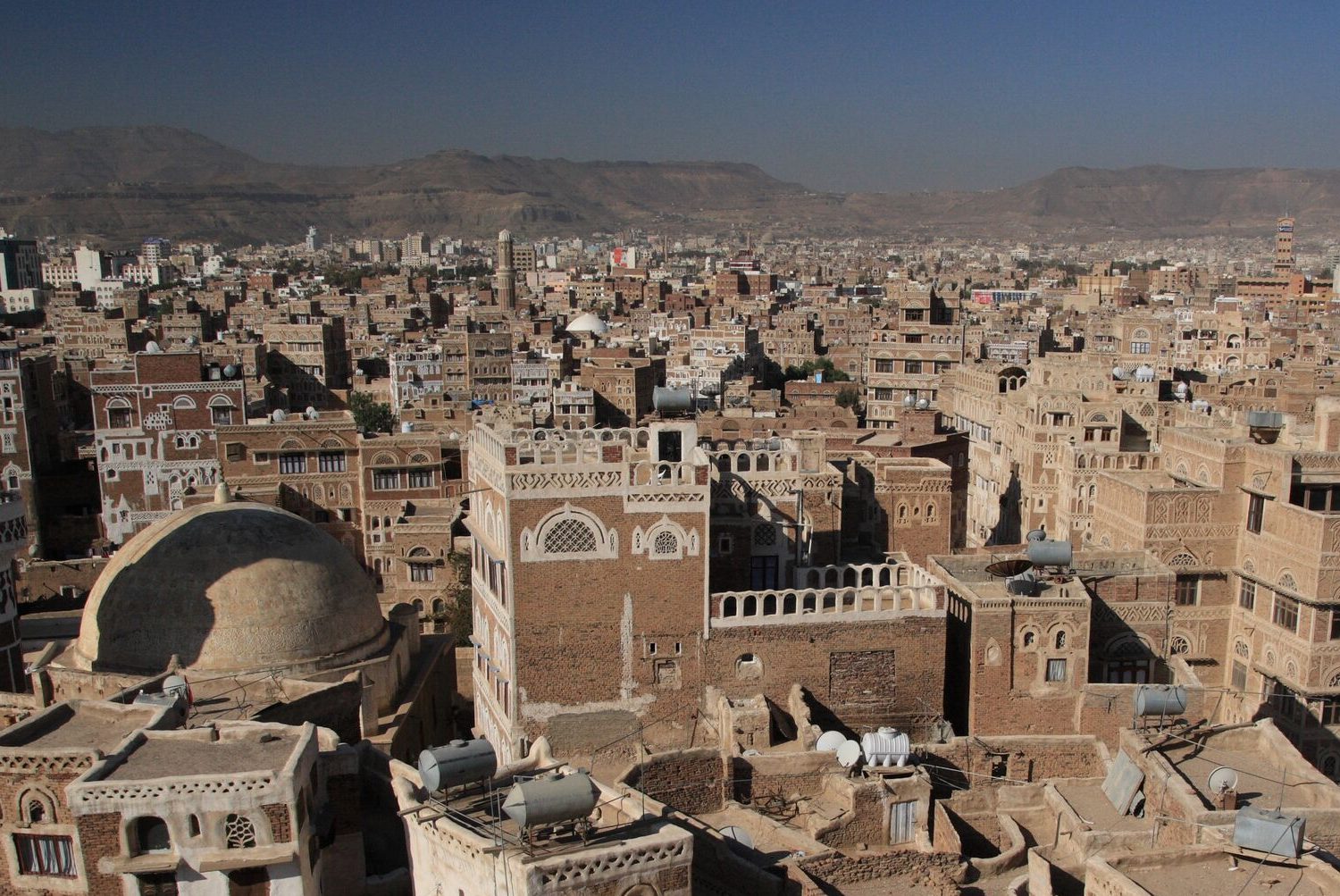China abolished the constitutional limit on the number of terms the president and vice-president can serve. The message is clear: Xi Jinping can remain China’s president beyond 2023. The daring move stunned the world as reports first emerged at the end of February. However, this move is hardly as surprising as the fact that China constitutionalized a limit on the presidential term in the first place.
It all dates back to the 1980s. After three decades of Mao’s tumultuous one-man show, Deng Xiaoping tried to revamp the political system with rules, norms and precedents, making it more predictable. Deng’s efforts included the reinstitution of the president position for the first time since 1968, a two-term limit for the president and vice-president, and mandatory age caps for the Politburo members. He also pushed for institutionalization of leadership succession, which involves top leaders’ exit from power, selection of the successors, and installation of new leaders. In hindsight, Deng’s vision was clear; China needed “collective leadership.” His concerns were made even more apparent in the August 1980 speech, in which he said the system should avoid “over-concentration of power,” as it is “liable to give rise to arbitrary rule by individuals.” Furthermore, Deng set the norms for “succession in leadership” and the distinction between the Party and the government.
There is no denying Deng Xiaoping’s sweeping influence on modern Chinese politics. Indeed, as designed and exemplified by Deng himself, the political blueprint of exit, selection, and transition, has run consistently for two decades. Xi Jinping and his cohort as “Fifth Generation of Leaders” took power in 2012 as a direct result of this blueprint, under which Xi himself had been picked as the heir apparent in 2007 when the new congress was closing.
In that sense, what Xi is doing amounts to much more than just clinging to power; he is disrupting a tradition set in motion by the most influential man in China’s modern history since Mao, upheld by “collective leadership.” The concentration of power in Xi’s hands is now apparent. Separation of government and Party has been gradually reverted, with Party control being imbedded in areas once relatively free of it, such as private enterprises. It is perhaps also safe to say that Xi has effectively merged his own image with that of the Party.
How the world will have to adapt to the China under Xi potentially as its permanent leader bears interesting implications. The immediate effect for outsiders is that the already murky internal Chinese politics will become even more obscure. Would that make China’s foreign policy more or less predictable? It might be a little bit of both. Understanding China’s policy formulation primarily relies on indirect information, inferred through a set of assumptions about the way Chinese high-level politics works. Unfortunately, these assumptions are founded upon certain constraints on collective leadership laid out by Deng, which are now being removed.
On the other hand, knowing Xi is here to stay as the man calling the shots also means that China watchers will have a better idea of what to expect. The logic makes sense: dealing with a single all-powerful strongman might be preferable to working with a cryptic cabal that reshuffles every decade. We see instances of this mentality from the US fondness for working with “cooperative” dictators.
The new look China also means closer inspection of Xi’s personal predilection bears more salience now than ever before. Studying the man and listening to his words, the world has had a broad delineation of Xi’s aspirations. When he first took office in 2012, Xi Jinping summarized his overarching ambition for China in a single phrase: “The greatest Chinese dream is the great rejuvenation of the Chinese nation.” The message is intense: Xi’s China yearns to be prosperous, powerful, and respected, again. To Xi, gone are the days of Tao Guang Yang Hui – “stay hidden, buy time.” Zhongguo – “the Middle Kingdom” is bound to reclaim its position of grandeur at the center of Tianxia – the world.
In concrete terms, Xi’s “Chinese dream”(Zhongguo meng) amounts to an ever more nationalistic, expansionist approach, as opposed to the relatively more pragmatic one before. The new paradigm involves a more hardline stance, such as re-establishing control over the territories the Party considers parts of “greater China,” including Xinjiang and Tibet. Out from the coast, Hong Kong and Taiwan will be kept under firmer grip. The purported historic sphere of influence along its borders and in the adjacent seas will be consolidated, giving China complete predominance over its small neighbors. Ultimately, China aims to command respect of other great powers. As the Western powers will not grant China an adequate position in the world order, it seeks to create its own playing ground. The Asian Infrastructure Investment Bank and the One Belt One Road Initiative are embodiments of this effort, and they are just the beginning. Now, Xi is able to ascertain that he will witness the Chinese dream firsthand.
For the small neighboring countries mired in territorial conflicts with China, such as Vietnam and the Philippines, the Chinese dream’s potential materialization brings only nightmares. Proximity and mighty economic influence in the region allow China to neutralize most of Vietnam and the Philippines’ balancing options. Already disadvantaged in their conflicts with China, Vietnam and the Philippines will have to play more strenuous hedging games if China becomes increasingly resolute in the future.
For Western powers, especially the United States, the scrapping of term limit might have brought about a moment of complete disillusionment to decades of optimism about China’s rise. For long has stood the equation whether engagement and free trade would bring prosperity to both China and the West, which in turn would make Beijing accept liberal democracy as its model. Proponents of engagement have a point, at least in theory. Prosperity would create and sustain a growing middle class that has a stake in a more democratic China. Hong Kong would have become the Trojan horse and provided an example of such a system for Chinese people. As it turns out, only the first part of the equation is correct; China as a whole has become more prosperous than anyone’s guess. Now, it is clear that Chinese leadership has never recognized a prospect of a democratized China. Even more ironically, as the West is struggling with its own identity crisis, China is now boasting itself as a model of development for the rest of the world.
The United States in particular will also have a tough time reaffirming its influence in the Asia-Pacific before a more adamant China. It is clear that Xi’s “Chinese dream” is directly at odds with US strategic interests in the region. Specifically, the following decades will see US-China competition in the Asia-Pacific fiercely playing out over the issues of South China Sea, East China Sea, North Korea and Taiwan. It will take more than just revamping the current alliance system in Asia for the United States to secure its position in the region.
After all, this is not to say that Xi Jinping as China’s permanent leader means doom for the world. Several speculations made here have been in place long before Xi managed to garner this much power. If anything, the new look China only means that such speculations are more likely to come true. And as Xi can now be confident that he is going to have his vision realized, the speculations’ realization may come sooner than later.
- Are We Seeing the North Korean Nuclear Crisis Coming to an End? - May 23, 2018
- Reading Trump’s Whimsical Stance on TPP - April 23, 2018
- China Scraps Presidential Term Limit: Implications for the World - March 25, 2018






